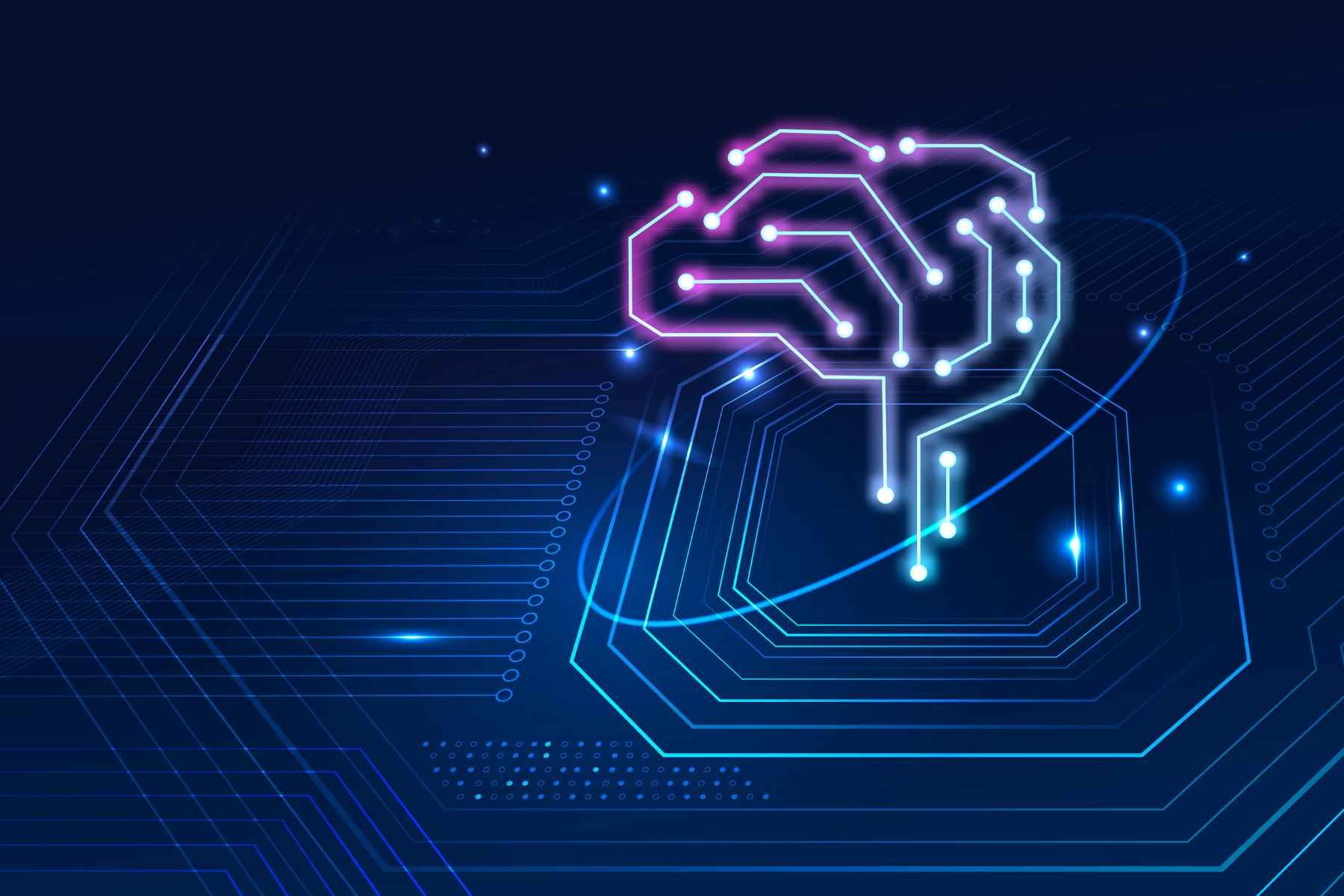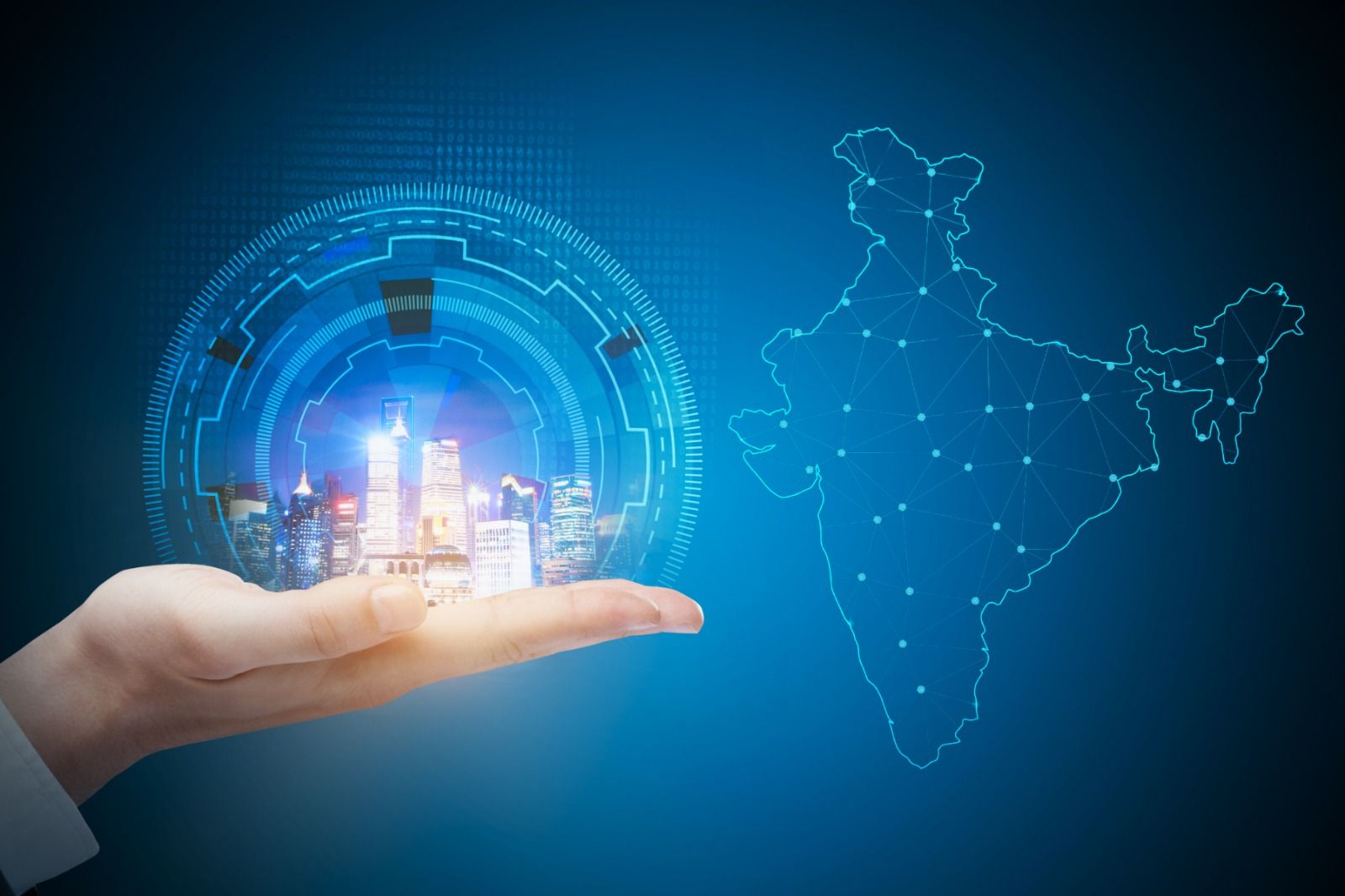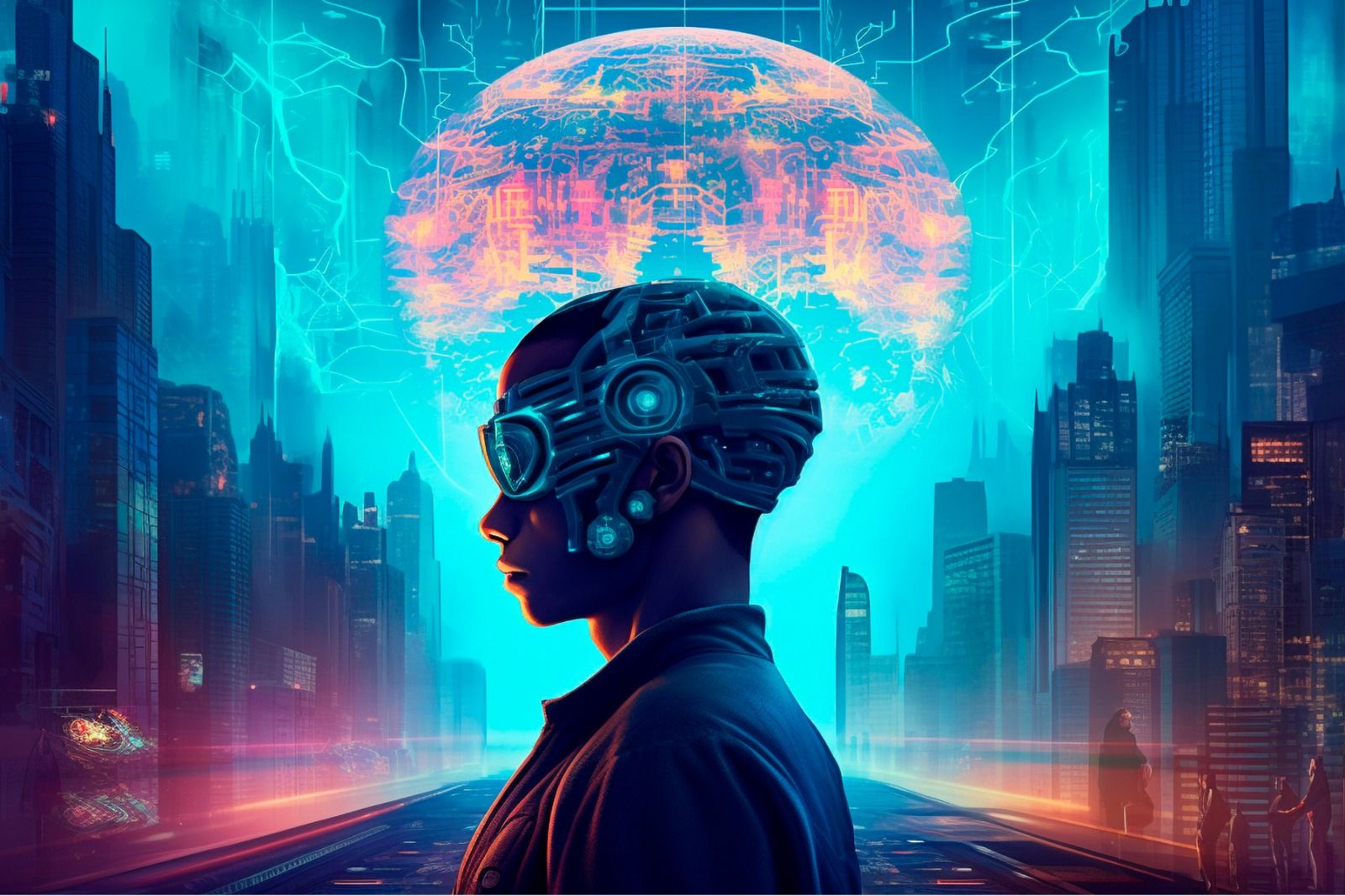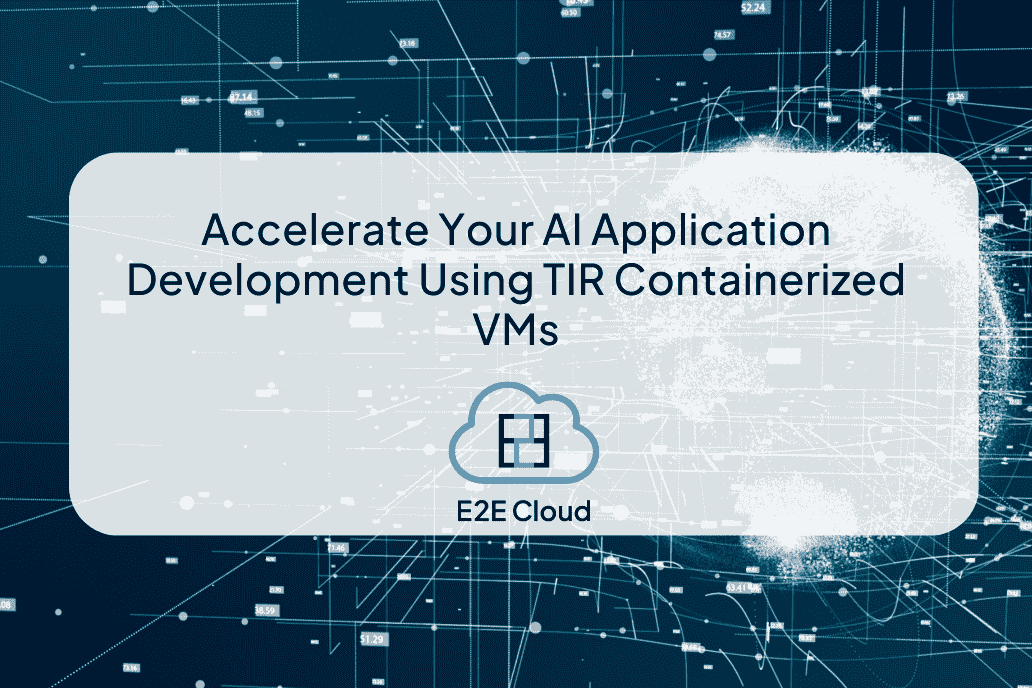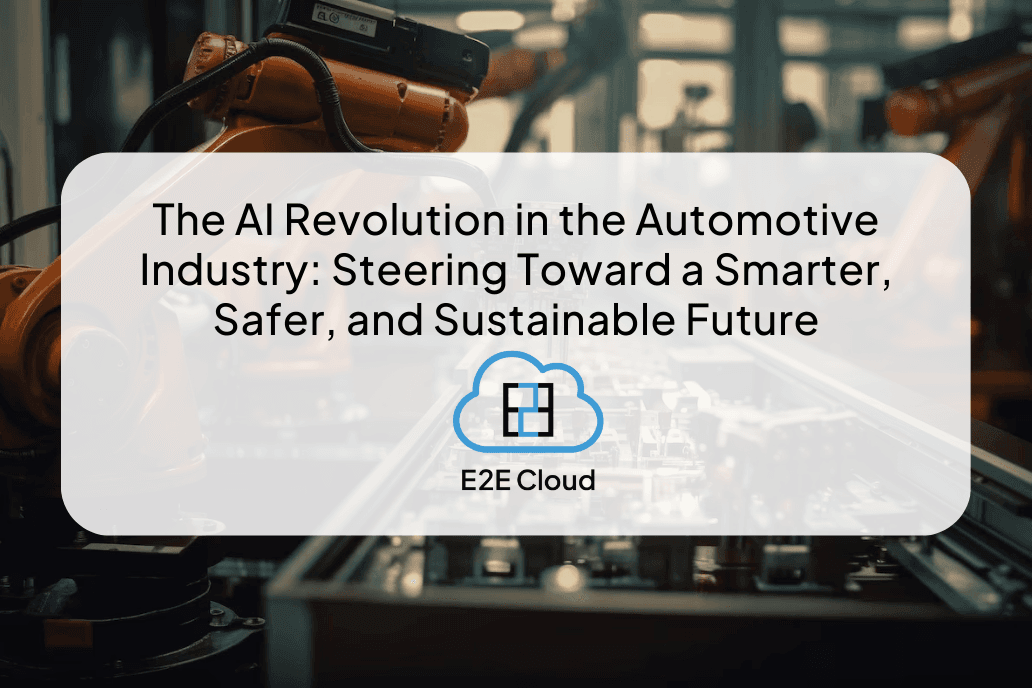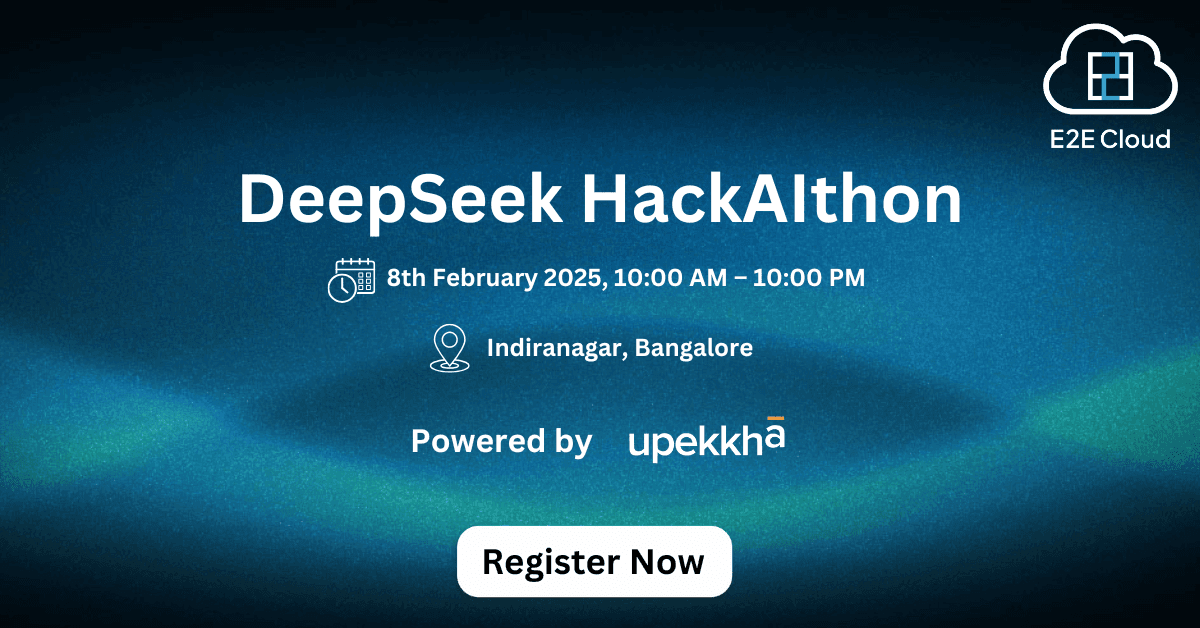Food processing and handling is the most important sector out of the various industries in the world. This sector is subsidized by the greatest employment as human labor is critical to the effective execution of food product production and packaging. But in contrast to this, food companies are failing to sustain the demand-supply cycle and are weak in food safety as a result of human participation.
To address these challenges in the food industry, industrial automation is the ideal answer. Artificial intelligence (AI), machine learning (ML), and deep learning (DL) algorithms are at the heart of automation. Food manufacturing and distribution procedures may be handled more efficiently and effectively by adopting an AI-based system.
But when most people see the use of AI in kitchens manned with robots capable of cooking, they think that AI will eventually replace all human employees. This is a gross exaggeration. While this isn't wholly science fiction (there are cafés where robots conduct minimal meal preparation), it isn't the most prevalent manner that AI is transforming the restaurant industry.
It is not hard to feel astonished at how many possibilities AI has for optimizing, automating, and improving the food business.
Product classification and packaging
One of the time-consuming and tiresome jobs for production units in the food processing business is the appropriate ordering and packaging of food. As a result, such a time-consuming activity may be done by AI-based systems, reducing the possibility of error and substantially increasing the industry's output rate.
Following this, the majority of product sorting and packing operations are now done by an automated system. Industries realized benefits from employing such AI-based intelligent decision-making systems. These systems provide faster production rates, higher quality products, and lower labor costs.
AI-based intelligent decision-making systems use a number of tools and methodologies, such as laser-technology-based systems, X-ray-based systems, high-resolution cameras, and infrared spectroscopy. At the input channel, these techniques and technologies are utilized to assess every element of food goods whereas conventional systems were only able to distinguish between excellent and bad items based on their look.
AI helping in the Management of the Demand-Supply Chain
As long as food companies are concerned about food safety rules, they must be more transparent about the journey of food items in the supply chain system. AI is used to monitor each stage of the process. It handles everything from pricing to inventory management. It also handles predicting and tracking the course of belongings from where they are grown to where clients acquire them. Systems powered by AI, offer transportation booking, billing, and inventory management. These systems also promote discipline by preventing the acquiring of a large number of items, which would result in material degradation.
Revenue Prediction Using AI & ML
The quality of food and services provided by the owners is critical for an operating business such as a restaurant or food outlet. Aside from food and services, forecasting restaurant sales output is also an important aspect of the business. The owner of a food chain or restaurant must develop a solid business plan for their future operations in order to enhance business development and profit. Using Artificial intelligence multiple fitting algorithms can be employed to construct a sales prediction.
In the food sector, establishing an appropriate fitting algorithm for sales forecasts, such as five months' or 14 months' sales prediction, takes a significant amount of time and effort. In this day and age of data, it is feasible to obtain sales forecasts at the touch of a button. AI and ML leverage this data to enable the discovery of the most appropriate algorithm for a certain business and easy algorithm deployment inside the same company with zero chances of any fault.
Use of AI in Self-Ordering Systems
Customers prefer point-of-sale (or self-service) systems, particularly at well-established restaurants. These systems use AI to help clients purchase by providing precise information about the flavors or spices used, their preferences, and even freshly added things. Every restaurant that employs automated systems is now using these technologies. Point-of-sale technology has aided restaurants in dealing with issues such as staff shortages, client engagement, and incorrect orders.
Food vending machines using AI in their applications
After deciding on its menu and marketing approach, a food-selling company must establish a dependable system for supplying its services to the public online. This system can be an online site that offers rapid ordering and suggestions, or it can be a mobile application that has additional benefits such as incorporating artificial intelligence (AI)-based systems.
It is a good idea to add one's food-selling company to these AI-based systems, because of the rising number of food-based e-commerce apps. This will enable the businesses to have the greatest functions of these e-commerce apps without spending additional money, building them for themselves.
AI may also aid in the development of an automated customer-service sector, allowing the company to conduct administrative activities such as consumer grievance redressal, assigning personnel, and preparing reports more effectively.
Artificial Intelligence to Manage Food Waste
Deploying Artificial Intelligence (AI) and Machine Learning (ML) technologies assist in waste management, expanding operations and keeping relevant in the changing market environment of the food business.
By lowering food waste by 2030, AI can tackle this challenge and create USD 127 billion in potential, beginning with regenerative agriculture techniques. Currently, it appears that the field of AI in the food and beverage business is dominated by innovative start-ups and tech firm collaborations building AI and machine learning algorithms to address specific difficulties.
The big firms utilize artificial intelligence to differentiate between different forms of food waste. Smart scales, AI-guided intelligent cameras and other technologies are being used to reduce food waste and check food quality. To recognise the thrown food, the system is programmed using AI and machine learning techniques.
Cleaning in an Innovative Way
Clean-in-place (CIP) is an efficient and effective method of cleaning equipment, although it consumes a lot of water. are working on a device that employs. Many researchers are using ultrasonic and UV sensors to deliver feedback that may be used to cut water use.
The ultrasonic sensors are attached to the exterior of pipes and equipment, whereas the UV system is installed within the top of a tank and includes UV lamps and a camera. Both technologies monitor fouling on a surface and train artificial intelligence models to detect when all fouling has been eliminated.
Conclusion
While artificial intelligence is having a significant influence on the food and beverage business, it is still in its infancy. Due to the expenses associated with their deployment, such technologies are now mostly utilized by major manufacturers. And while many less tech-savvy food enterprise owners may find AI daunting, the simple fact is that technology has earned its place in the food industry's future. AI is here to stay, and with it come several advantages for independent eateries that embrace the trend.

